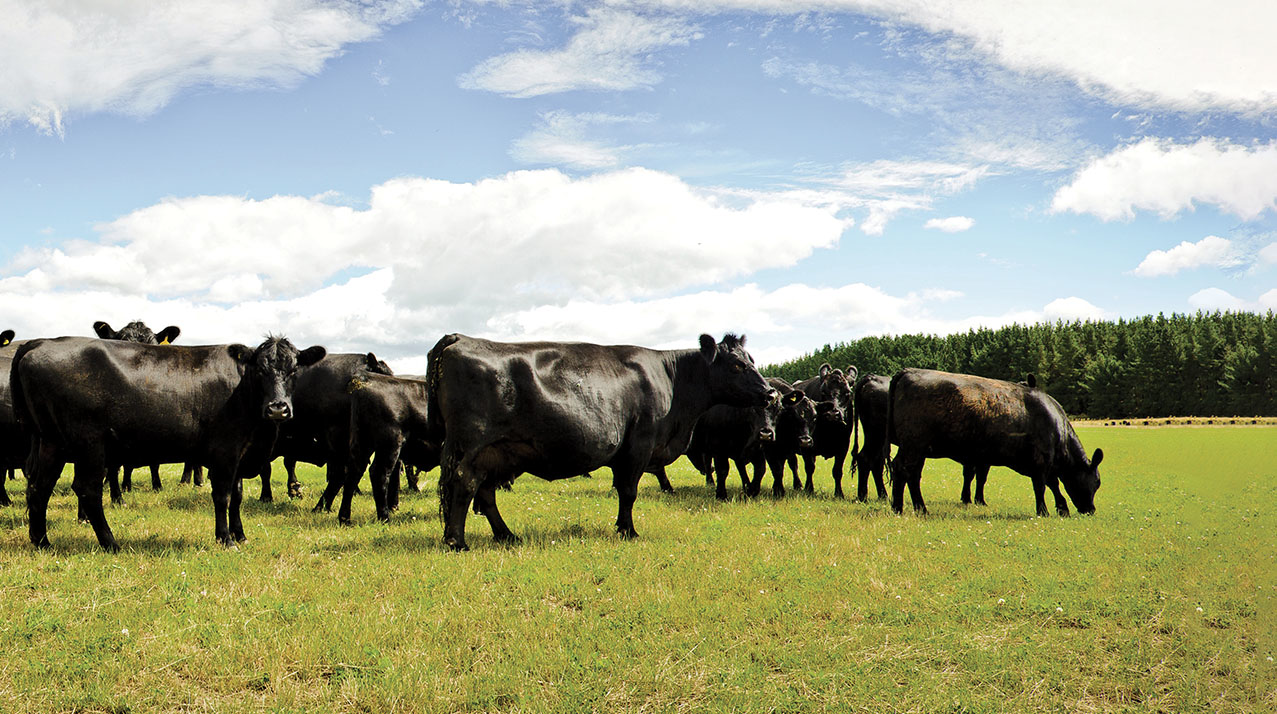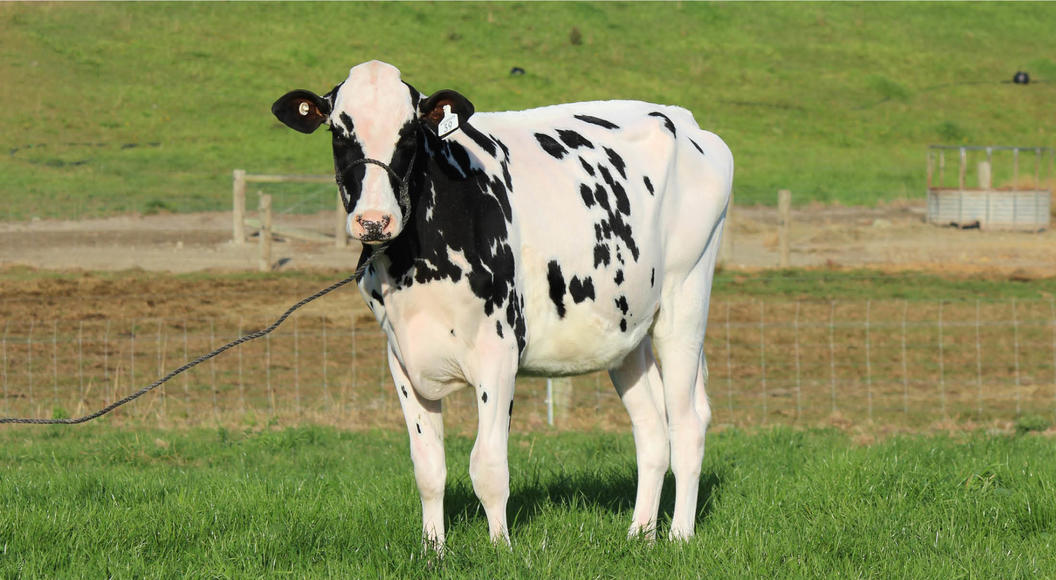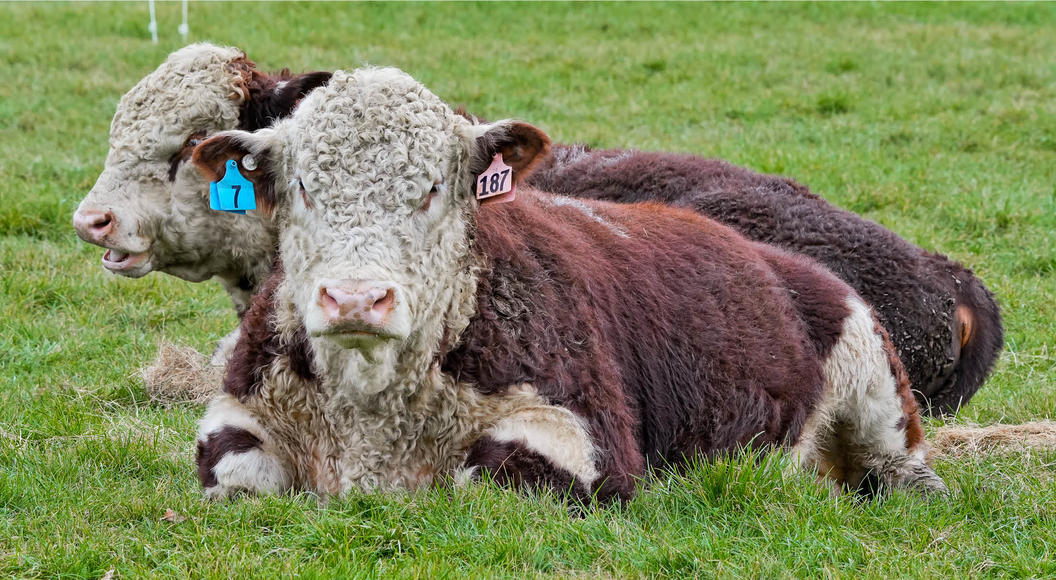
South Island Sheep and Beef Poised for Positive Autumn Market
Generally positive market and climatic conditions have stimulated the South Island’s sheep and beef trade.
PGG Wrightson South Island Livestock Manager Shane Gerken said this season’s ewe and lamb sales have had pleasing results.
“Pasture production early in the summer and excellent meat company schedules kept livestock sales firm through the summer, and this is poised to continue during the autumn.
“Enduring confidence in the sheep industry encouraged farmers to replace animals culled last year, and increase flock numbers as they endeavour to address the shortage of good breeding stock. Under solid demand, the best two-tooth ewes sold for more than $300 a head, while the bulk of sales ranged between $250 and $280. Demand for annual draft ewes was also solid, with sales ranging from $150 and $200.
“Meanwhile, after a brief hiatus, lamb sales have picked up again. As cropping farmers become more active in the market, demand for store lambs has increased,” he said.
Looking towards the South Island’s calf sale season, beginning on 20 and 21 March at Blenheim, Brightwater and Owaka, Shane Gerken expects that market will stay close to the positive levels it traded at last year.
“Similar to last year, as calf sales progress through the rest of the South Island between now and early May, we are looking forward to keen demand, especially for traditionally bred cattle. Calves that are sought after for the Angus and Hereford programmes should be the focus of particular attention.
“Of note, 21 March will mark the final calf sale at the Owaka saleyards, which is the end of an era. Owaka calves have been renowned for their breeding and shifting ability,” he said.
According to Shane, Tasman’s ongoing dry conditions are a concern and the region’s farmers are suffering.
“Without feed and water, de-stocking is a priority for many. Looking towards autumn, and waiting for rain, the medium term forecasts do not hold much hope, unfortunately.
“Although parts of Canterbury have also become dry, recent rainfall has helped alleviate that situation somewhat,” he said.


